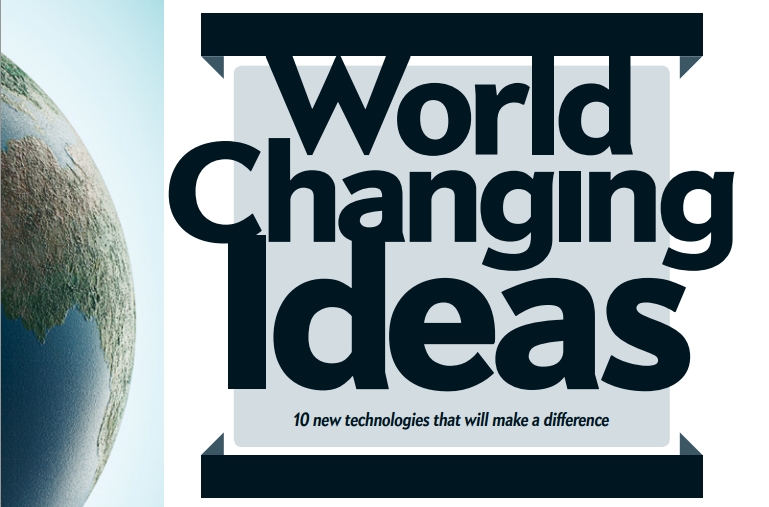(December 22, 2011) Princeton
engineers are working closely with neuroscientists to understand how visual
information and words are encoded in the brain.
In a five-year collaboration, a team led by Princeton’s
Peter Ramadge, chair and the Gordon Y.S. Wu Professor of electrical
engineering, and James Haxby, a neuroscientist at Dartmouth College, have found
common patterns in data from brain scans, called fMRI, that reveal brain
activity as people perform tasks. The researchers are solving a long-standing
challenge of comparing one person’s brain activity to another, which until now
has been difficult because both the anatomy and functional processes of each
person’s brain are different.
In one recent result, published in the journal Neuron, the
researchers had subjects watch the entire movie “Raiders of the Lost Ark” while
undergoing fMRI scans and used the data to derive a “common neural code” for
how the brain recognizes complex visual images. Based on data from the first
half of the movie, the researchers were able to predict, using only a person’s
fMRI results, what scene he or she was watching in the second half of the
movie.





